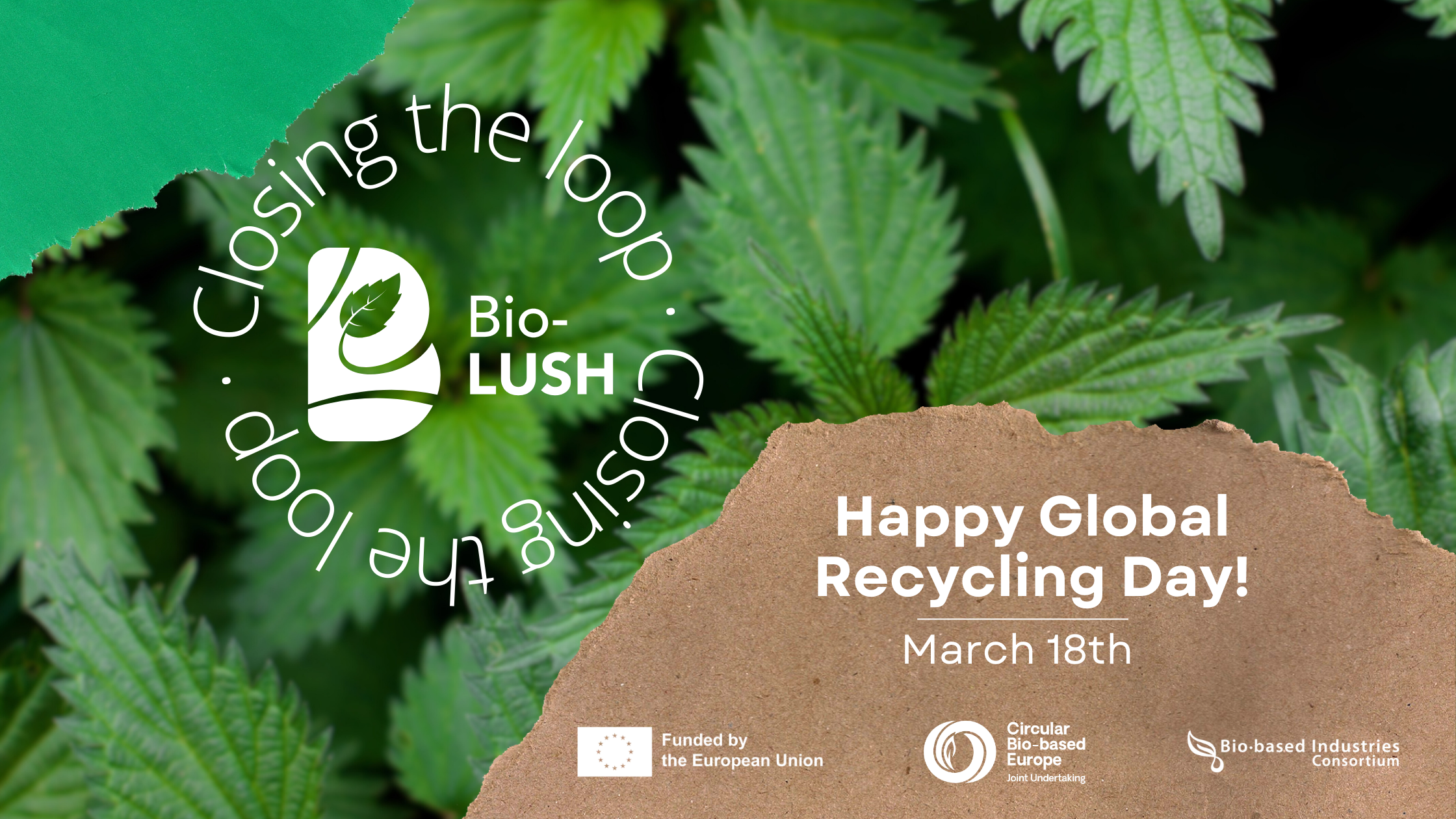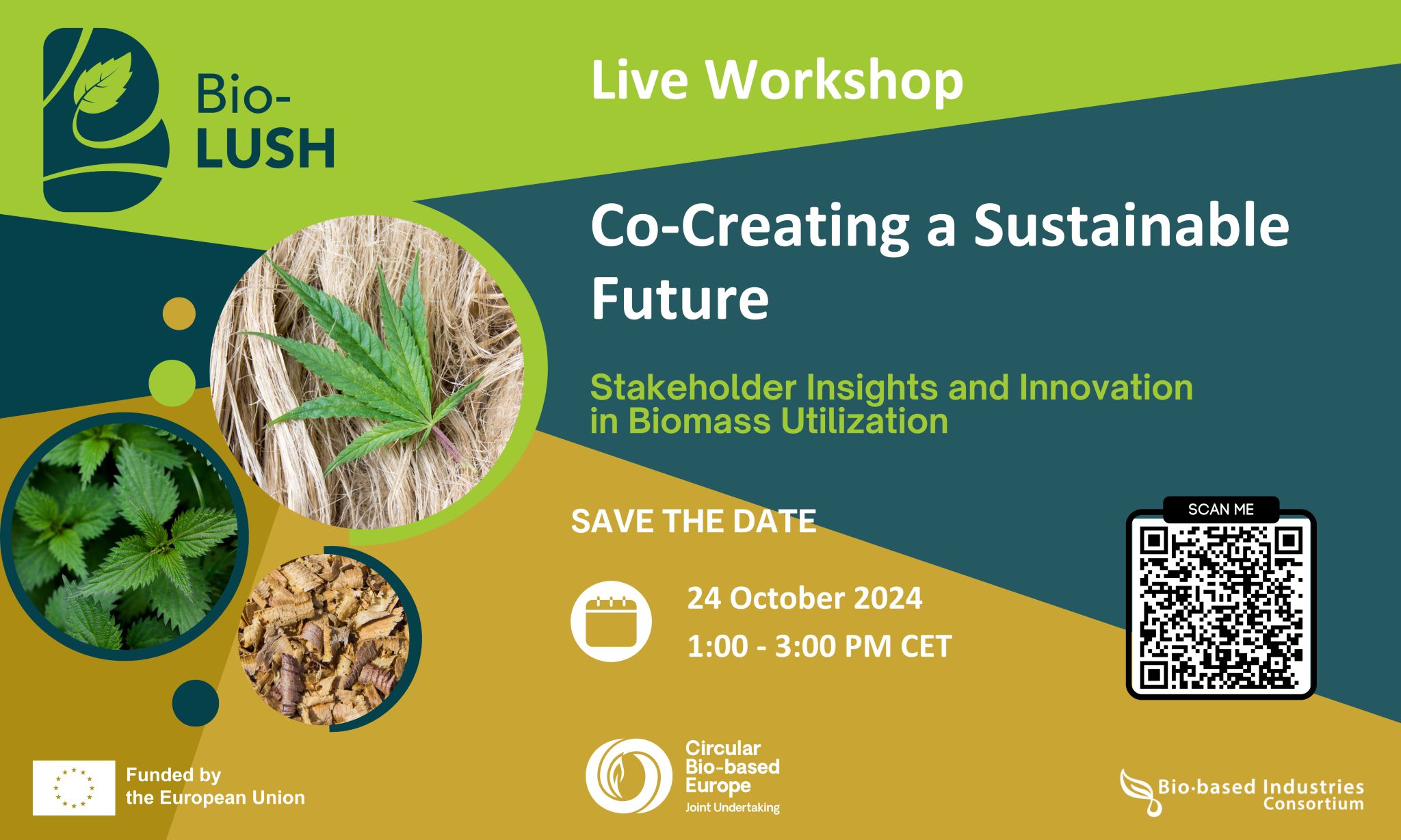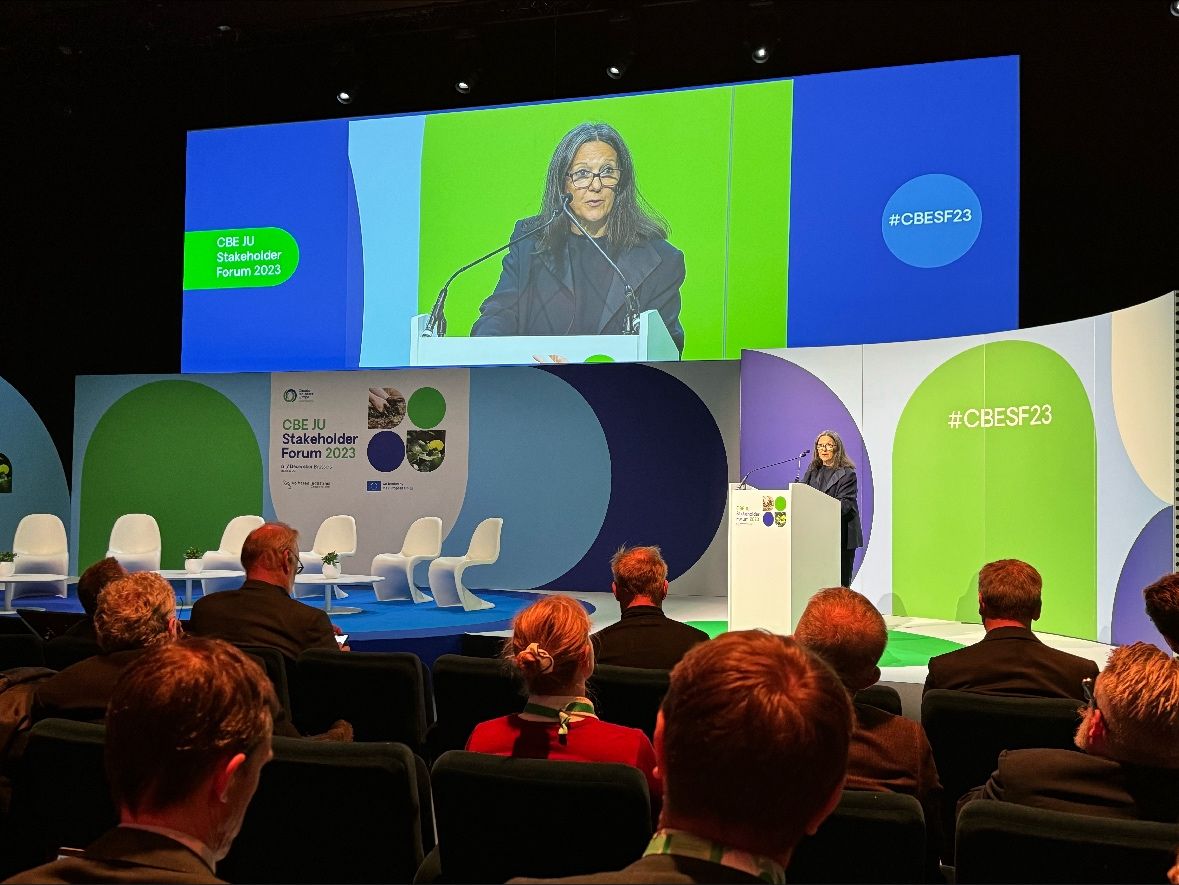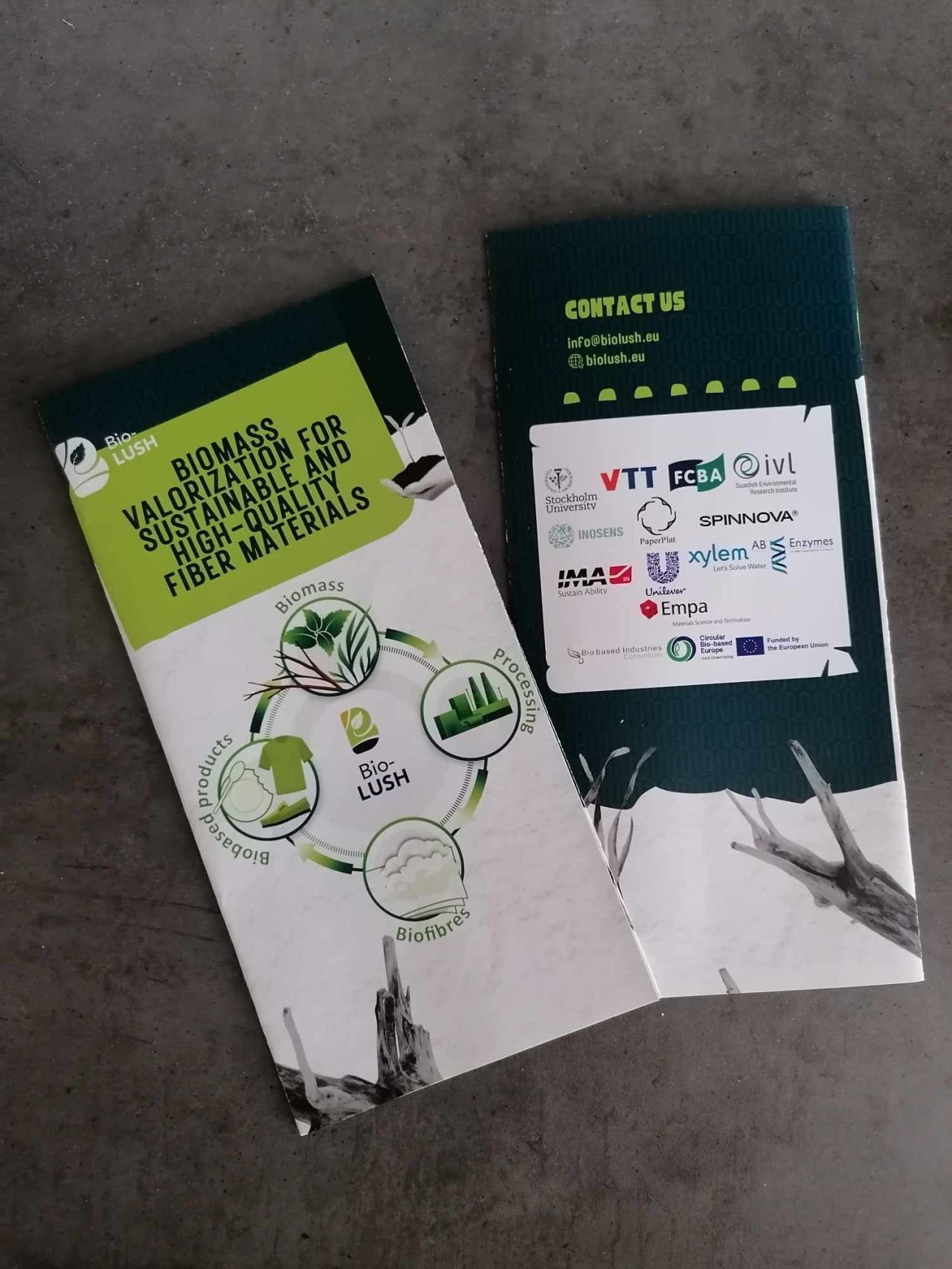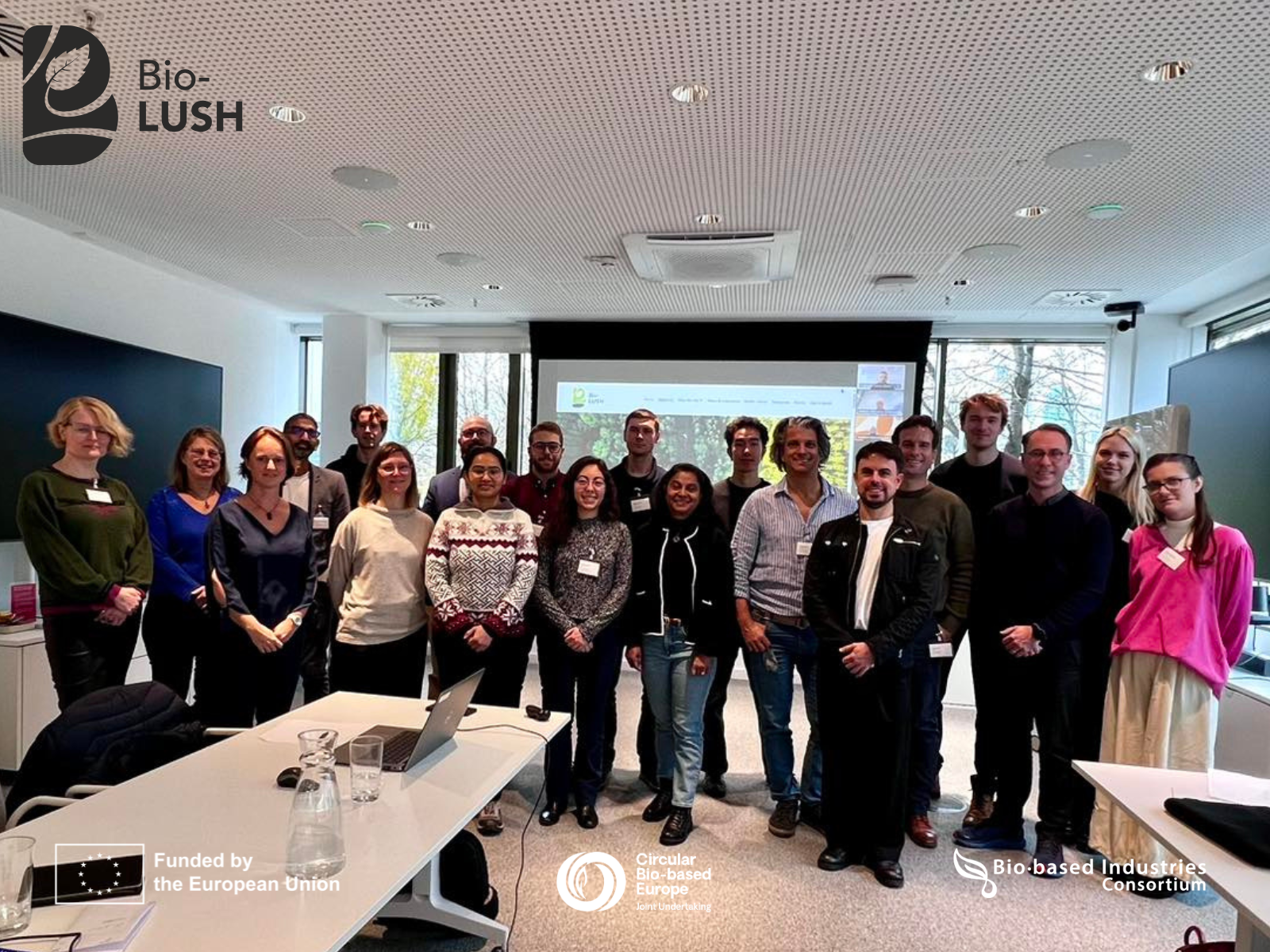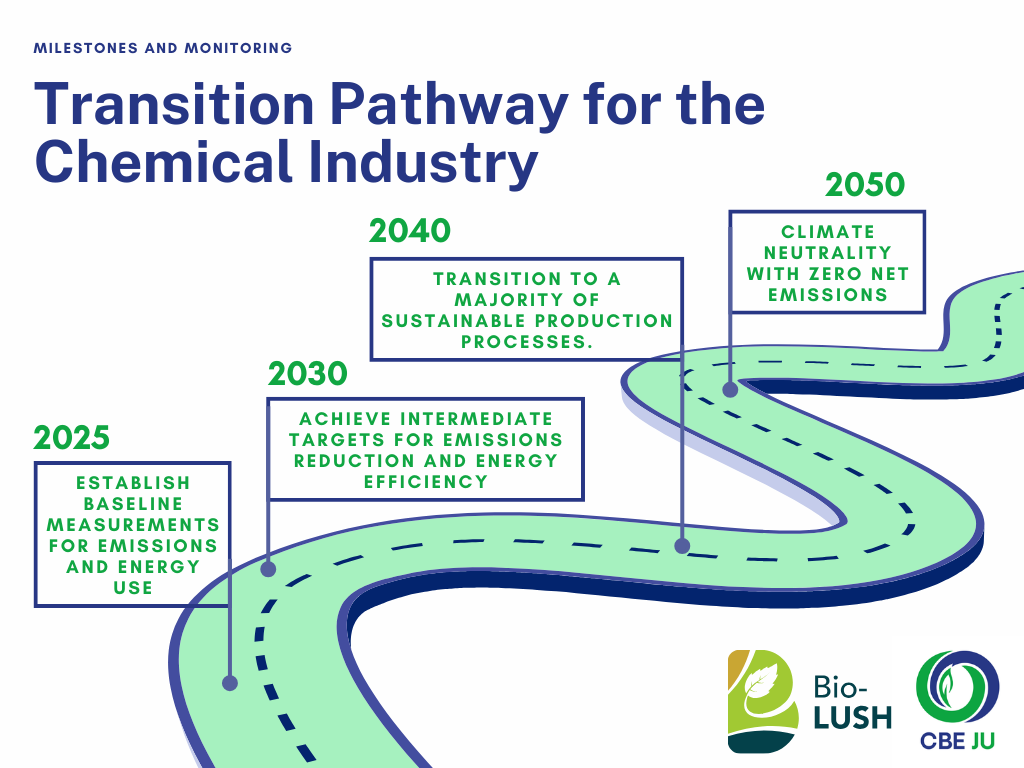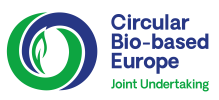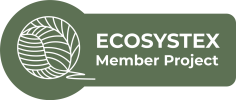Polyester, which accounted for 57% of the market in 2023, is the most widely produced fiber, but its environmental footprint is severe. Being petroleum-based, polyester is non-biodegradable, contributing significantly to the proliferation of microplastics in our oceans, which are harmful to marine life and human health as they enter food systems and leach toxins into ecosystems.
On the other hand, plant-based fibers like cotton held a 25% market share in 2023, with cotton alone accounting for 20% of the share. Though cotton is plant-based and potentially renewable, its production has an undeniable environmental impact, particularly due to its reliance on water and fertile land. To put into perspective, a single cotton t-shirt requires 2,700 liters of water to produce, enough to meet one person’s drinking needs for over two years. The water-intensive nature of cotton, coupled with its reliance on fertile land, makes it a less sustainable option, particularly as global fiber demand increases.
The Shift Toward Bio-Based Fibers
In response to these challenges, bio-based fibers are emerging as a promising alternative. In 2023, bio-based fibers (non-cotton plant fibers) accounted for about 5% of the market, with 6.7 million tons produced. These fibers—such as hemp and nettle—are gaining attention for their environmental benefits. Hemp, for example, requires significantly less water, fertilizer, and pesticides than cotton, while producing three times more fiber per hectare. Similarly, nettle fibers are known for their high tensile strength and minimal water requirements, offering a renewable and eco-friendly alternative to cotton.
While bio-based fibers offer substantial environmental advantages, challenges remain. Processing technologies for bio-based fibers are still evolving, and economic barriers hinder scaling these fibers to compete with fossil-based counterparts. Additionally, the complex supply chains of textile production mean that environmental impacts vary depending on region, practices, and lifecycle stages. A holistic assessment of both environmental and social impacts is necessary to ensure bio-based fibers truly offer a sustainable alternative.
Future Directions for Sustainable Textiles
As highlighted by the CBE JU Governing Board, the future of sustainable textiles lies in developing circular value chains. Europe is leading the way with a focus on:
- Replacing fossil-based fibers with renewable alternatives.
- Scaling production of cellulosic and bio-based fibers while minimizing environmental impacts.
- Innovating new bio-based products and chemicals with diverse functionalities.
- Implementing efficient recycling technologies across both synthetic and bio-based materials.
However, several challenges remain:
- Ensuring a sustainable biomass supply that doesn’t compete with agriculture and forestry.
- Developing scalable, cost-efficient processing methods for diverse biomass sources.
- Closing gaps in biomass value chains to support large-scale applications.
- Demonstrating the circular design of biofibers that also reduce emissions and eutrophication.
Bio-LUSH Leading the Way in Bio-Based Textile Innovation
The Bio-LUSH project is shaping the future of the textile industry by driving innovative approaches to biomass fiber extraction. By utilizing under-explored feedstocks like nettle, hemp hurd and poplar residues, Bio-LUSH aims to produce high-quality biofibers while adhering to sustainable and circular bioeconomy principles. Bio-LUSH aims to utilize marginal lands to lessen the strain on agricultural land typically used for food production.
One of the key innovations within this project is developing antibacterial fibers for textiles through water-based, eco-friendly processes, significantly reducing chemical usage and water consumption. This approach not only supports local economies but also advances Europe’s goal of zero pollution and zero-waste production, setting new benchmarks for sustainable textile innovation.

